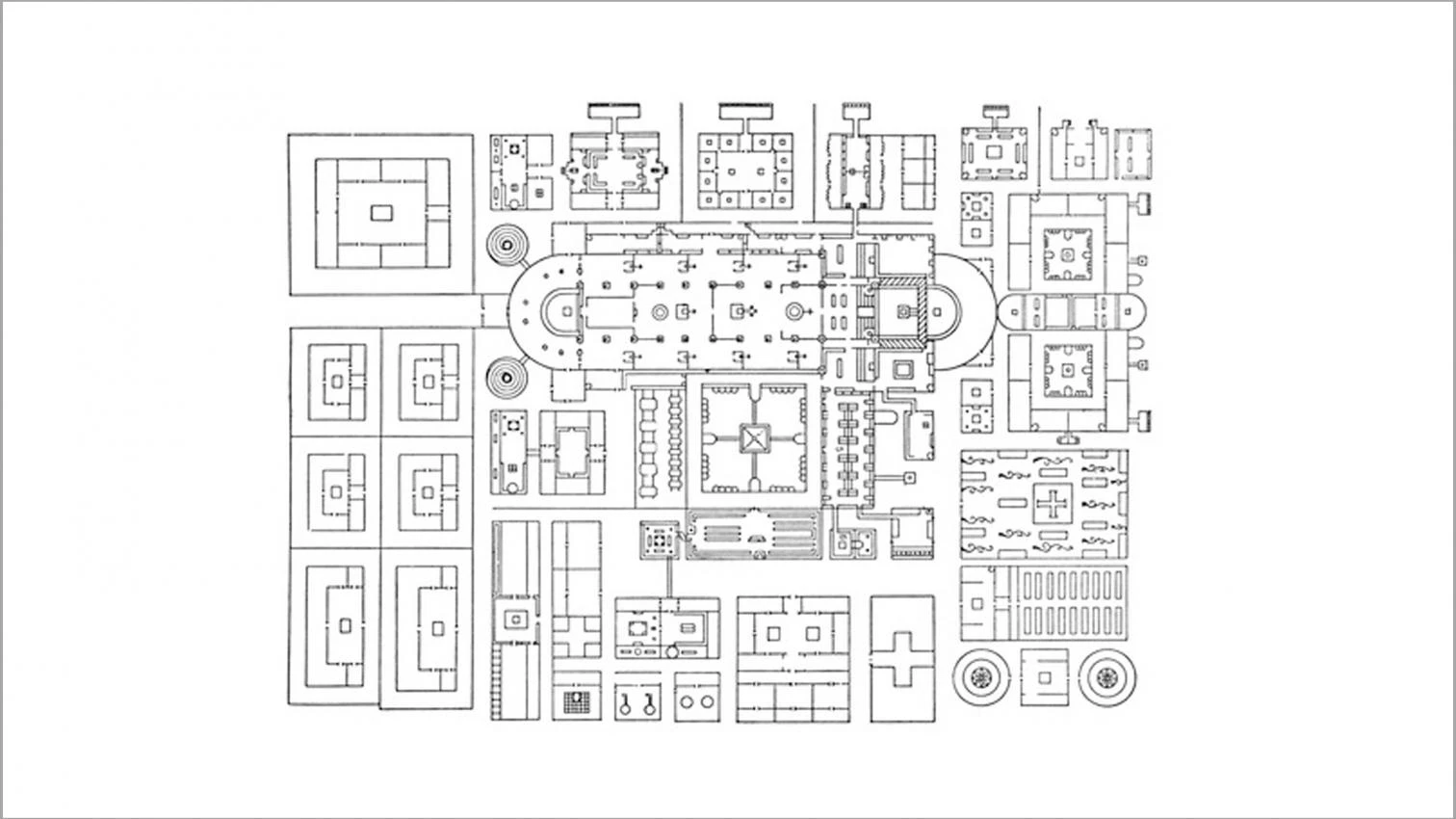
Iñaki Ábalos belongs to a small set of Spanish architects who pursue an intellectual project where design takes on a critical dimension. His practice cannot be separated from his theoretical contributions to typological analysis and eco-technological pragmatics. This book shares the research he is presenting at the 17th Venice Biennale, titled ‘How will we live together?’
The publication returns to the question that shook the European architecture and culture in 1976: how to express the interdependence between form and society. 1976 was the year Roland Barthes marked his acceptance into the Collège de France by reflecting on How to Live Together; it was also the year Gustavo Gili produced the Spanish edition of The Architecture of the City, which looked at built form and the part it played in collective life. To go back to the question, Ábalos gathers a constellation of motley fragments related to 60 architectural cases from different historical and geographical contexts.
These fragments create a thread in which the author challenges the distinction Giulio Carlo Argan made between type and material construction, upholding instead the capacity of typologies to contain techno-performative proposals. They also deny the a priori neoplatonism of the formalist tradition of Quatremère de Quincy, in favor of a pragmatism where form and social complexity can go hand in hand. The book could mark the start of a notion of architectural realism where the material, the social, the ecosystemic, and the cognitive realms overlap.






